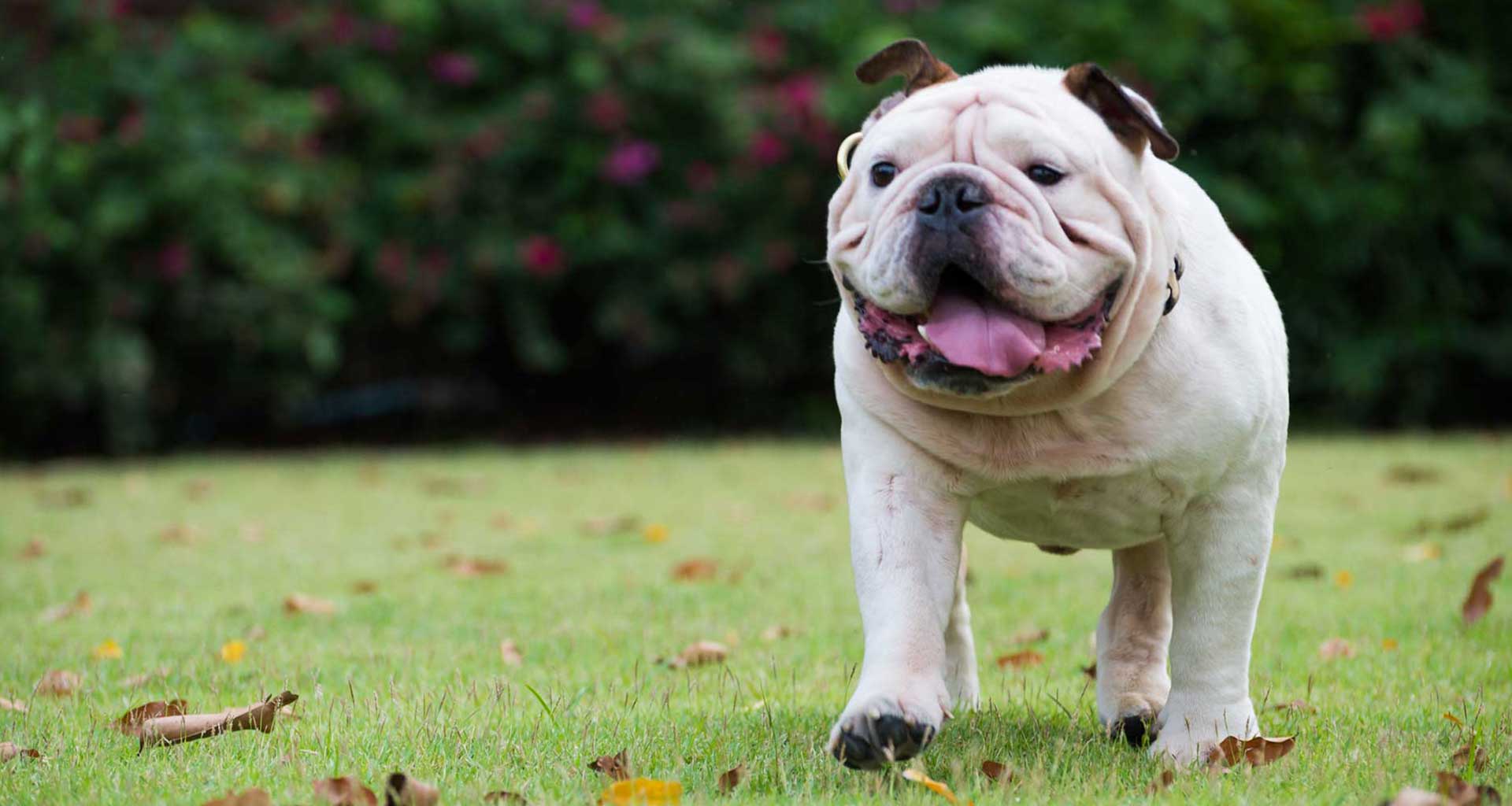We all want our furry family members to be happy so sometimes we spoil them with sneaky snacks or a little extra food. These seemingly innocent actions on a regular basis may contribute to our pets’ weight and obesity – which can lead to a number of serious medical issues.
A good indicator to tell if your pet is overweight is if you can’t feel their ribs or they lose their waistline. A pet with a healthy bodyweight should have an hourglass shape when looked at from above, and you should be able to feel the tops of their vertebrae when running your hand along their spine. Overweight pets can be reluctant to play and can find exercise or movement painful. Swapping those unhealthy treats for a healthy, balanced diet plus regular exercise, has been shown to give your pet a longer and happier life.
If you suspect your pet is overweight, your first step will be to visit your local Veterinarian. Once the Vet assesses your pet you will likely be given:
- Instructions to maintain a healthy diet that include recommendations on food and portion sizes.
- An exercise plan tailored to your pet that will provide sufficient movement and exercise for your pet to lose weight.
The importance of a speciality food in weight loss
While simply decreasing the amount of food in each meal could help your pet lose weight it is not recommended. Smaller amounts of their usual food can reduce the amount of nutrients they are receiving. Instead, your Veterinarian may recommend a specially designed food to complement the weight loss program. These speciality foods are highly-digestible and high in nutrients while having reduced calories.
The importance of regular exercise
Exercising not only helps your pet lose weight but also helps the body and metabolic system to function properly, and engages the mind. You may have to start off small and slow and first with your dog’s exercise plan. Depending on how overweight they are they may tire quickly or may end up overexerting themselves and causing injury. Swimming in particular can be a low impact yet effective exercise if your dog is struggling with long walks.
The next step is to stick to the plan with absolute vigilance. It is up to the pet owner to make sure the diet and exercise plans are followed. Any extra food, treats or missed exercise sessions will mean that it will take even longer for your pet to be happy and healthy again.
If there are other people in the house that feed your furry family member, make sure you are all on the same page with the eating times, portions and the amount of exercise needed. There is no benefit to sticking vigilantly to the plan if someone else in the house is giving your dog treats.


